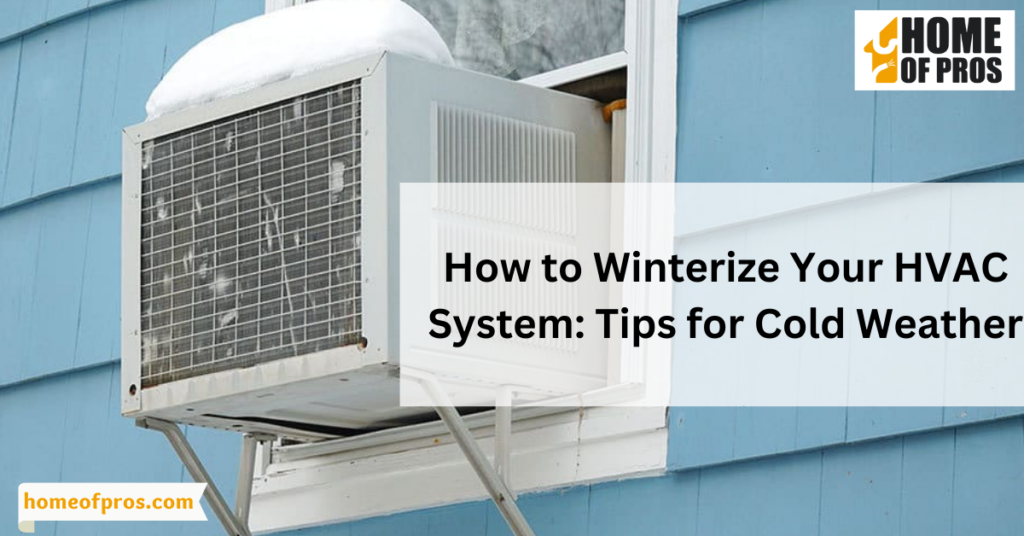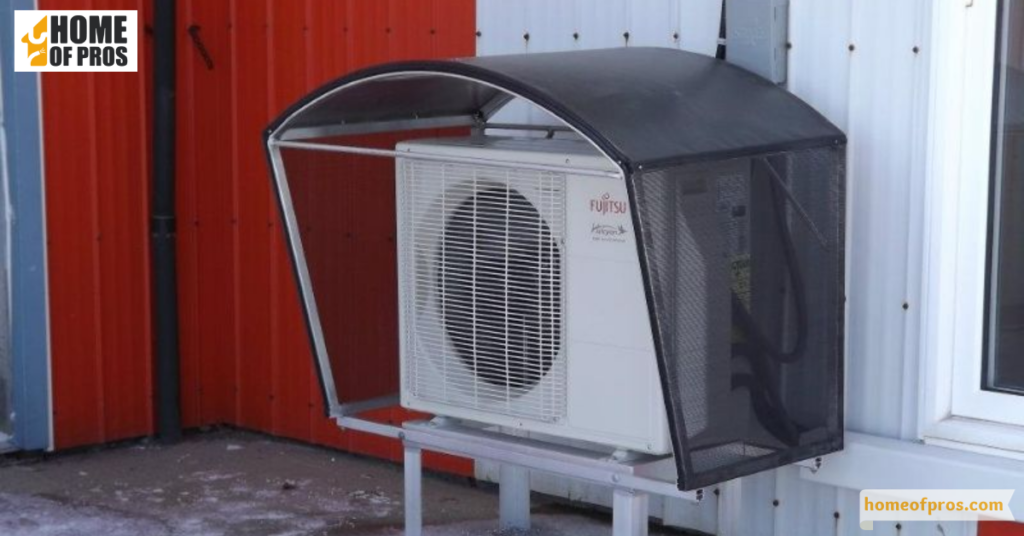Winterizing your HVAC system is essential to ensure it operates efficiently during the cold months. Start by replacing air filters and sealing any leaks in your ductwork to prevent heat loss, then schedule a professional maintenance checkup to address any potential issues. Finally, set your thermostat to a lower, energy-saving temperature to keep your home comfortable while reducing energy costs.
Winter is approaching, and it’s time to get your HVAC system ready. Winterizing your HVAC not only ensures a warm and cozy home but also saves you money. In this guide, we’ll explore key tips to prepare your HVAC system for the cold, from changing filters to adjusting thermostats. Get ready for a comfortable and cost-efficient winter.
1. Change Your Air Filters
Changing or cleaning your HVAC system’s air filters before winter arrives is a fundamental step in ensuring its optimal performance. As the months go by, these filters collect a variety of particles, from dust and pollen to pet dander and debris. When the filters become clogged, they restrict the flow of air through your system.
During the winter, when your heating system is operating frequently, this restricted airflow can lead to reduced efficiency. A less efficient HVAC system will consume more energy to achieve the desired indoor temperature, resulting in higher utility bills and potentially overworking the system.
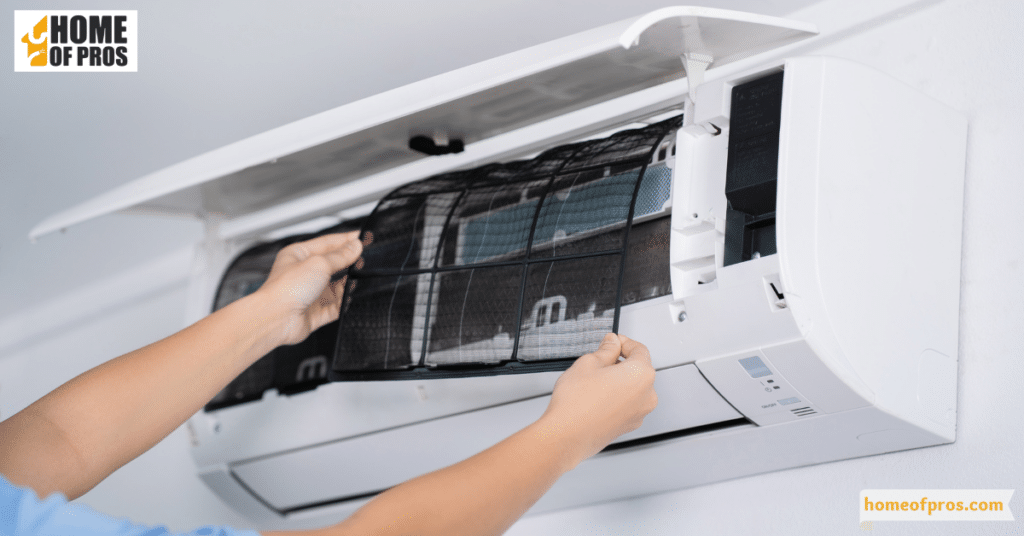
2. Seal Air Leaks
Effective insulation is the backbone of a well-protected home during winter. As cold air infiltrates your living spaces through gaps around doors, windows, and other openings, your heating system must work harder to maintain the desired temperature. This extra effort not only increases energy consumption but also places additional strain on your HVAC system.
By meticulously sealing these air leaks with weatherstripping, caulk, or insulation, you establish a thermal barrier that prevents heat from escaping and cold air from seeping in. This creates a cozier, more energy-efficient environment and reduces the workload on your HVAC system.
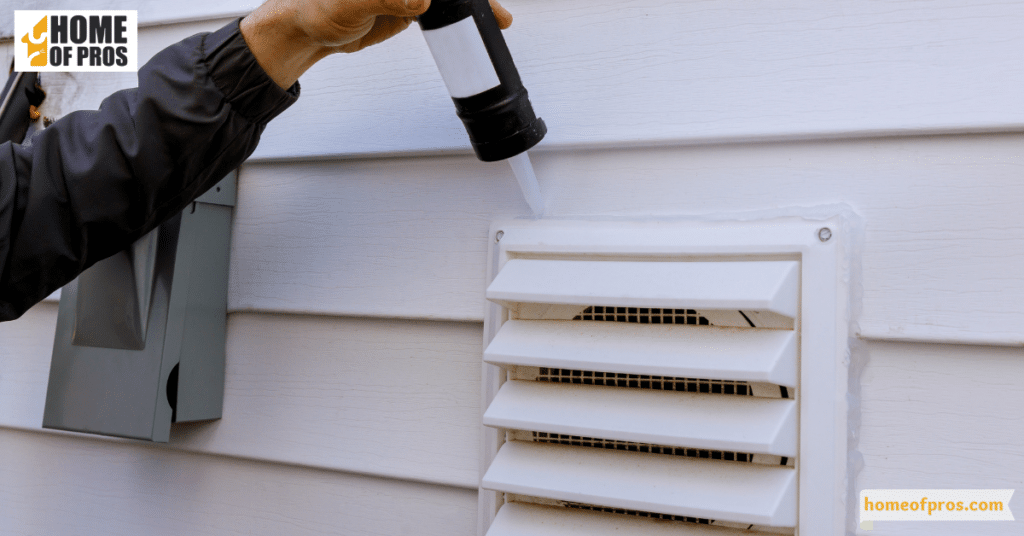
3. Schedule a Professional Inspection
Before the winter season begins, it’s highly advisable to engage the services of an experienced HVAC technician to conduct a comprehensive inspection and maintenance of your heating system. These professionals are trained to identify and rectify any potential issues that could hinder your system’s performance in colder weather.
This may include checking for worn-out or faulty components, cleaning and lubricating moving parts, and ensuring all safety mechanisms are operational. Regular professional maintenance not only enhances your HVAC system’s efficiency but also prolongs its lifespan, saving you money on both energy bills and future repairs.
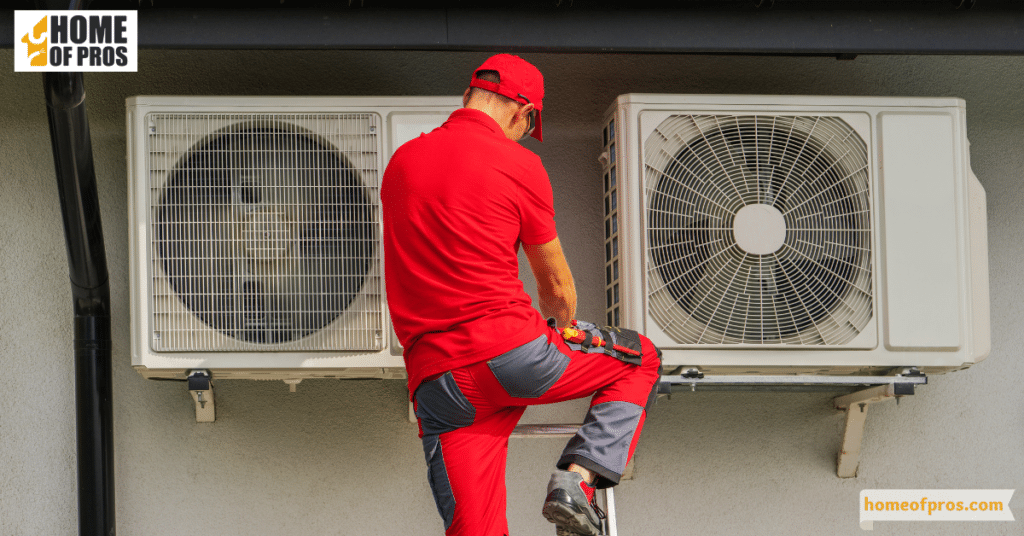
4. Clean and Clear Vents and Registers
Over time, dust, pet hair, and other airborne particles can accumulate in your HVAC system’s vents and registers. This buildup can obstruct the flow of warm air into your living spaces, reducing your system’s efficiency. Additionally, the accumulated debris can negatively affect indoor air quality by recirculating contaminants throughout your home.
By routinely cleaning and clearing these vents and registers, you not only ensure that warm air is distributed evenly but also create a healthier living environment for you and your family. Proper maintenance of these components is crucial for both comfort and air quality during the winter.
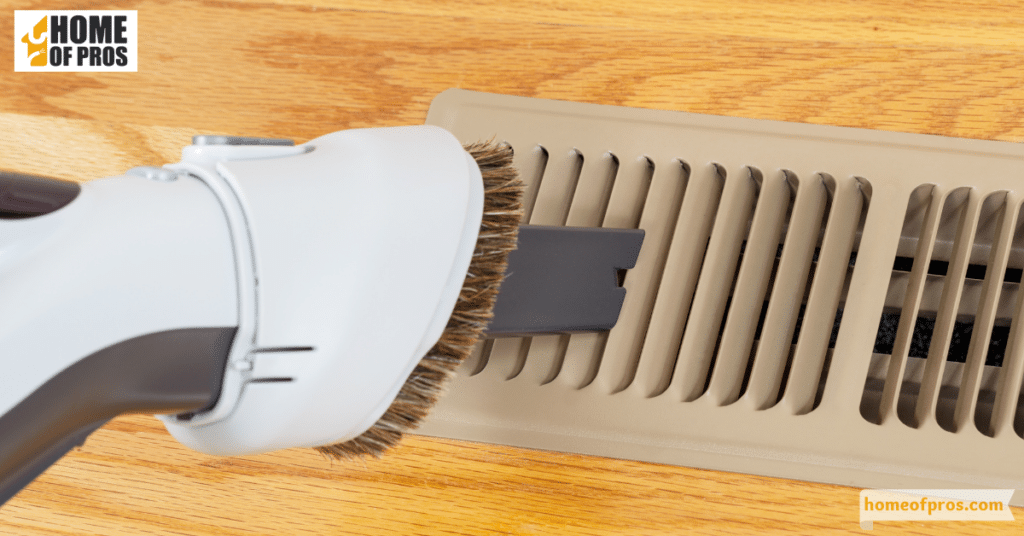
5. Program Your Thermostat
Installing a programmable thermostat is a wise investment for optimizing your HVAC system’s operation during the winter months. These devices allow you to create customized heating schedules that align with your daily routines. For instance, you can program the thermostat to lower the temperature when you’re away at work or asleep and raise it before you return or wake up.
This automated approach not only reduces energy consumption but also ensures that your home is warm and comfortable when you need it to be. By intelligently managing your HVAC system’s settings, you can achieve substantial energy savings without compromising on comfort.
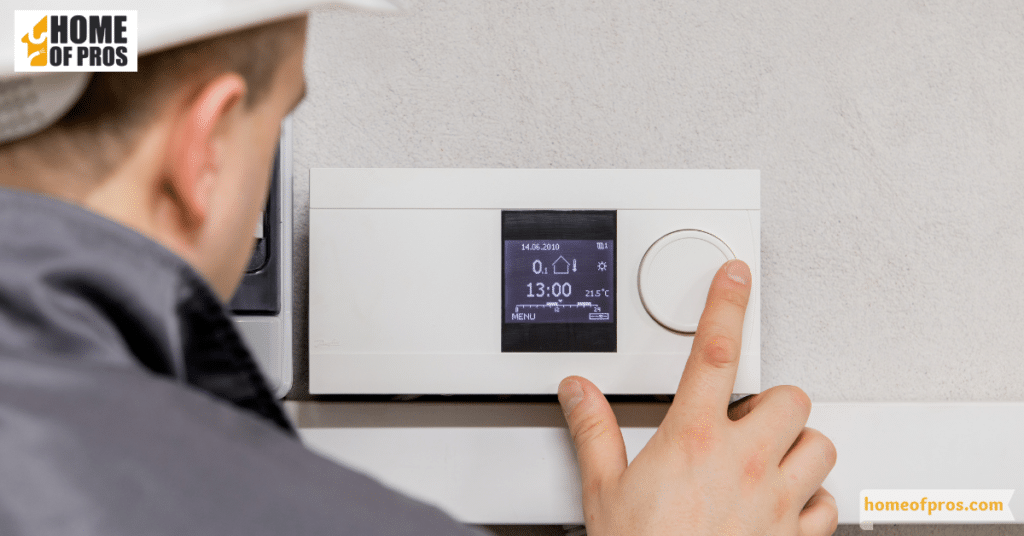
6. Check Your Insulation
Adequate insulation throughout your home is a critical component of winterization. It acts as a barrier that prevents the escape of heat generated by your HVAC system. Without proper insulation, warm air can seep through walls, ceilings, and floors, leading to uneven heating and increased energy costs.
Checking the condition of your insulation and adding more where necessary is essential for maintaining a consistent, comfortable indoor temperature during the winter. Whether it’s in the form of fiberglass batts, blown-in cellulose, or spray foam, good insulation is an investment that pays off in lower heating bills and improved comfort.
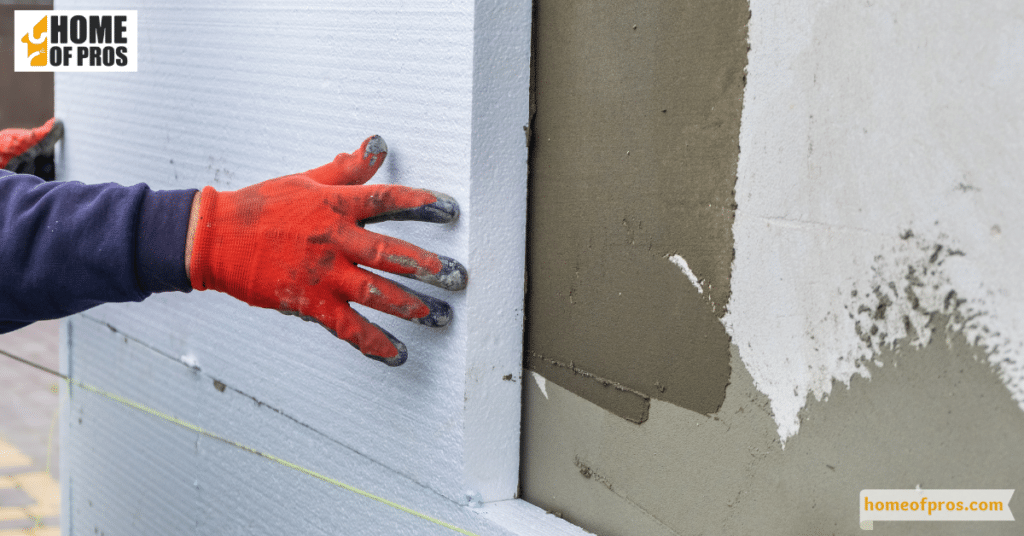
7. Protect Outdoor Components
If your HVAC system includes an outdoor unit, safeguarding it from the rigors of winter is crucial for its longevity and efficiency. Heavy snowfall and ice accumulation can damage the unit’s delicate components and obstruct airflow, causing it to work harder to provide heat. To shield your outdoor unit from these elements, invest in a specialized waterproof cover designed to allow air circulation.
This protective cover prevents snow and ice from infiltrating the unit while still allowing it to function optimally. By taking this precaution, you ensure that your outdoor HVAC components remain in good working condition throughout the winter, saving you from costly repairs.
8. Consider a Humidifier
The dry air common during winter months can make your home feel colder than it actually is. When the indoor humidity level drops, it reduces your body’s ability to retain heat, leading to discomfort and the temptation to raise the thermostat. Integrating a humidifier into your HVAC system can alleviate this issue by introducing moisture into the air.
A properly humidified environment not only feels warmer but also helps you maintain comfort at lower temperatures. As a result, you can reduce your heating expenses while still enjoying a cozy, inviting living space during the winter. A humidifier is a valuable addition to your winterization efforts, improving both energy efficiency and comfort.
Conclusion
This comprehensive guide has armed you with the knowledge and actionable steps required to ensure that your HVAC system is thoroughly prepared for the winter season. These proactive measures offer not only significant cost savings but also the promise of a warm, cozy, and comfortable home throughout the winter months.
The time to act is now; take these steps to winterize your HVAC system and savor the rewards of a warm, energy-efficient home in the upcoming winter season.

